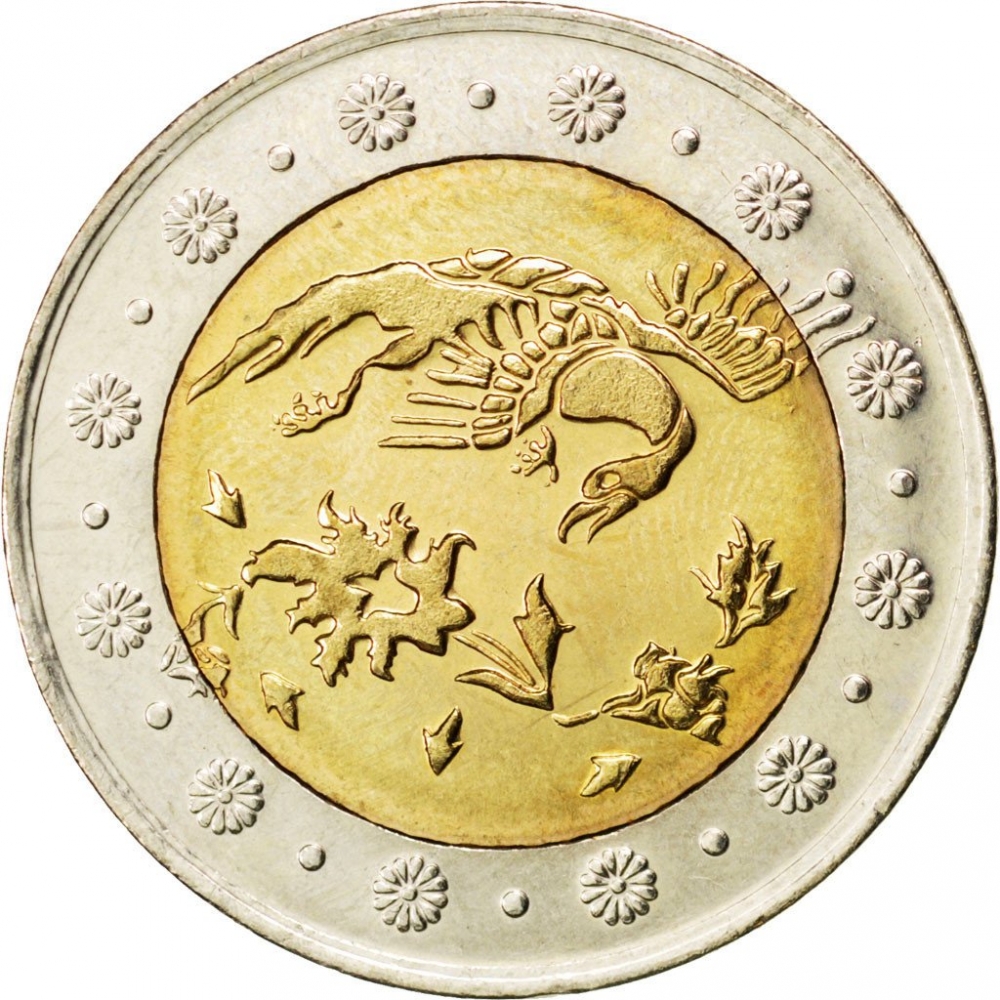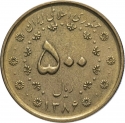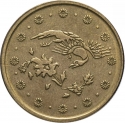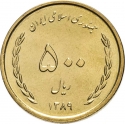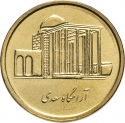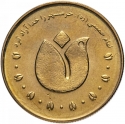You are about to finish your registration. Please check your mailbox (including spam folder). There should be a letter with a confirmation link. Check setting to make sure that your e-mail address is correct.
Send letter againDescription
The Simurgh made its most famous appearance in Ferdowsi's epic Shahnameh (Book of Kings), where its involvement with the Prince Zal is described. According to the Shahnameh, Zal, the son of Saam, was born albino. When Saam saw his albino son, he assumed that the child was the spawn of devils, and abandoned the infant on the mountain Alborz.
The child's cries were heard by the tender-hearted Simurgh, who lived atop this peak, and she retrieved the child and raised him as her own. Zal was taught much wisdom from the loving Simurgh, who has all knowledge, but the time came when he grew into a man and yearned to rejoin the world of men. Though the Simurgh was terribly saddened, she gave him three golden feathers which he was to burn if he ever needed her assistance.
Upon returning to his kingdom, Zal fell in love and married the beautiful Rudaba. When it came time for their son to be born, the labor was prolonged and terrible; Zal was certain that his wife would die in labour. Rudabah was near death when Zal decided to summon the Simurgh. The Simurgh appeared and instructed him upon how to perform a cesarean section thus saving Rudabah and the child, who became one of the greatest Persian heroes, Rostam. Simurgh also shows up in the story of the Seven Trials of Rostam and the story of Rostam and Esfandiar.
Obverse

|
Central disc has large value numerals, with alternating 11 diamond and 10 lily-like figures border, interrupted by lettering at the bottom. Outer circle has the country name "Islamic Republic of Iran" at the top, date at the bottom, with 4 chrysanthemums alternating with 3 dots up each side. جمهوری اسلامی ایران |
|---|---|
Reverse

|
Depicts Simurgh flying over and looking down on a stylised flower. Design overlaps with outer ring, which has a dot alternating with a flower 12 times. |
| Edge |
Characteristics
| Material | Bi-Metallic |
| Ring | Cupronickel |
| Center | Aluminium Bronze |
| Weight | 8.91 g |
| Diameter | 27.1 mm |
| Thickness | 2.8 mm |
| Shape |
|
| Alignment | Coin |
| Mint |
Tehran Mint
|

